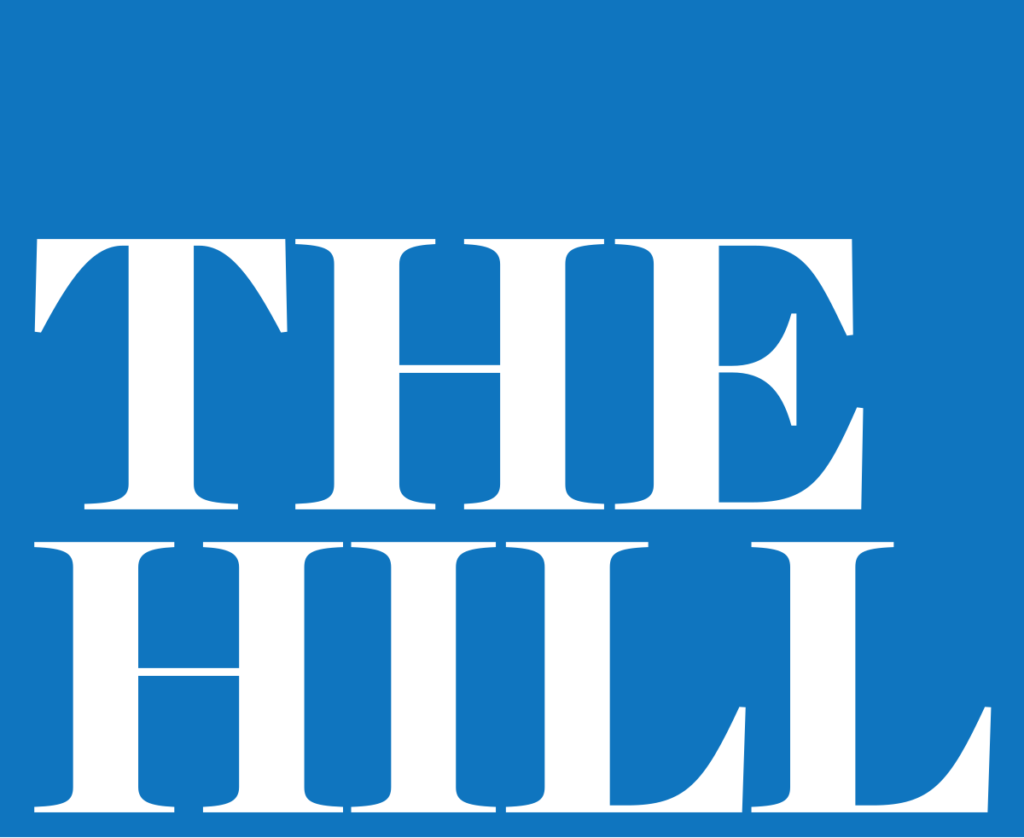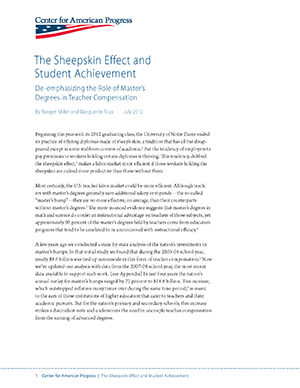Universities aren’t teaching the finance skills that K-12 leaders need

Marguerite Roza explores the gap in financial training for aspiring K-12 education leaders and suggests ways that higher education can improve its offerings.
Building Financial Leadership To Do More for Students: Lessons from a Landscape Analysis of Education Finance Curriculum in Higher Ed

This landscape analysis of current leading university education finance offerings finds that curricula lean more toward theory versus application and hands-on financial skill-building for future district and school leaders.
A way to ease student loan debt without sticking taxpayers with the bill: How about a trade?
In this Forbes commentary, Marguerite Roza proposes a way for the federal government to provide student debt relief while putting SS/Medicare back on a financially sustainable path.
A free college plan that pays for itself

In this op ed published by The Hill, Marguerite Roza proposes a way for the federal government to pay for college without boosting federal debt or burdening taxpayers.
College credit in high school: Doing the math on costs

Many policymakers see providing college credit in high school as a money saver, but little research has examined that belief. This brief helps fill the gap, investigating in three states the costs of taking college classes in high school compared to attaining credit after high school.
Are public universities neglecting in-state students?

Marguerite Roza responds to an online “Room for Debate” conversation hosted by the New York Times, arguing that chasing after nonresident students threatens the very nature of public universities as institutions that serve the state.
The High Price of Excess Credits

This brief examines the cost of extra credits earned by students in California, Georgia, and New York, and opportunities for state and university leaders to maximize degree attainment with constrained resources.
More Students, More Degrees, More Dollars

Cuts to state support for higher education have prompted some universities to raise tuition, admit more out-of-state students, and increase enrollment to close budget gaps. This analysis compares these three strategies in public flagship universities, first in terms of the relative magnitude needed to close a gap in state funds, and then in terms of the extent to which they contribute to degree production for students in their state.
Are Residents Losing Their Edge in Public University Admissions? The Case at the University of Washington

This brief examines admissions data at the University of Washington to in order to quantify the effect on admissions standards for residents versus nonresidents, who typically pay higher tuitions.
The Sheepskin Effect and Student Achievement: De-emphasizing the Role of Master’s Degrees in Teacher Compensation

This brief dissects the nation’s sizable investment in master’s bumps as a means of highlighting policy obstacles to a more smartly differentiated compensation approach.

